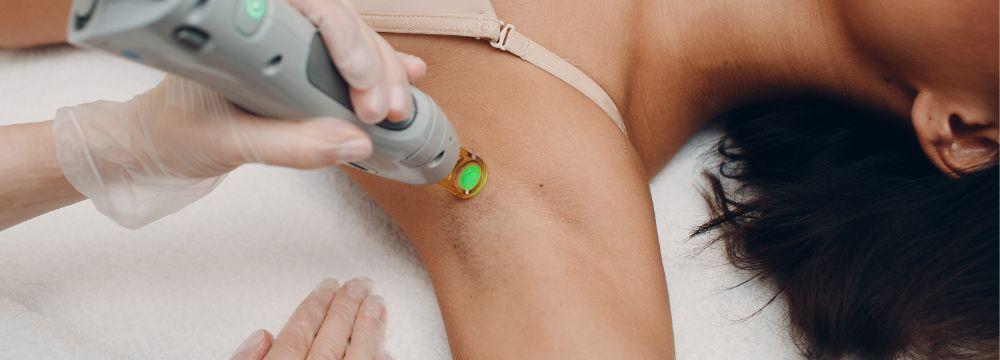The Dos and Don’ts of Injected Dermal Fillers
As we age, our fine lines start to deepen, and we lose that plumpness and glow of the skin that underpins youth. Fortunately, modern medicine has created several potential treatments to slow aging. Patients visiting their dermatologists have never had more choice from daily skincare routines to botulinum toxin injections and dermal fillers. However, with this choice also come dos and don’ts. Today, we will discuss how to approach dermal fillers and what to bear in mind when considering an anti-aging regimen.
Dermal fillers are substances injected under the skin to smooth it out and offer fullness. Depending on the type and quantity of filler being used and the location of the injection, patients can opt for a dramatic or understated look. Fillers are regulated by the FDA and often represent a temporary solution for facial fullness. There are four types of filler. The first three fillers below represent quick options that must be re-administered, usually every year. The fourth option is a more permanent filler.
- Hyaluronic acid is a natural compound found in the body that is highly effective for anti-aging regimens of all kinds.
- Calcium hydroxyapatite is a mineral found in bone.
- Poly-l-lactic acid or PLLA is a synthetic filler material
- Polymethyl methacrylate or PMMA involves the injection of small plastic beads that are not absorbed by the body, representing a more permanent solution.
With All These Options Available, How Can You Make the Right Decision?
- First and foremost, it is critically important that you work with a trained and knowledgeable medical practitioner. We often see horror stories about patients who have opted for filler administration by someone without the proper credentials or licensing.
- Second, do your research on FDA-approved treatments and pay special attention to warnings such as those surrounding needle-free devices that may be dangerous or cause disfigurement.
- Patients should also not buy lip or facial fillers sold directly to the consumer as these can be contaminated and are not regulated by the FDA.
- When speaking to your dermatologist, please pay close attention to their recommendations. It is tempting to opt for a dramatic look in the form of a significant filler application. While the results may be more visible, they may not be as natural as you would hope. Instead, take your dermatologist’s suggestion, which will balance cosmetic improvement with maintaining a natural look.
- Consider the possible risks of filler. Many of the side effects patients will experience are generally mild and go away after treatment. Of course, it is always important to weigh these possible risks against the benefits of the filler itself. Working with an experienced dermatologist such as those at North Atlanta Dermatology reduces the risk of adverse effects.
- Lastly, take the time to consider the multiple filler options that we provide. Sculptra injections, for example, stimulate the body’s natural production of collagen, which can help increase fullness in the face and decrease the appearance of fine lines. On the other hand, you may also consider Restylane, a hyaluronic acid filler that uses a different compound to achieve the same means. You may also consider Botox as an option.
The Bottom Line
Choosing the appropriate filler regimen for your circumstances is complicated, and that’s why the dermatologists at North Atlanta Dermatology are here to help. Please schedule a consultation to learn more about the options you have at your disposal. We will be happy to walk through your needs and give you opportunities to achieve the look you want.




